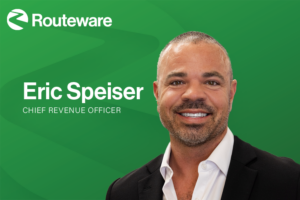Many municipalities are using social media to reach their residents. And it’s no wonder: in 2016, 78% of Americans have a social network profile.
Social media is where people can be reached.
Municipal social media programs tend to fall into three categories:
- Corporate. The municipality has a single, corporate account. All social media posts come from that account, which tends to be managed by corporate communications. For example, Durham Region.
- Department. The municipality has multiple accounts for various departments (for example, public works, communications, parks and recreation). For example, Denver Public Works.
- Program Specific. The municipality enables specific municipal programs (waste management, economic development, museum, etc.) to post about their respective programs. For example, TBM Recycles.
Whatever the direction of your municipality’s social media program, here are seven deadly “sins” to avoid:
- Posting too infrequently. You need to be posting good, relevant content frequently. Only a few hours after posting, a post essentially becomes increasingly hard for people to find. So, the ideal for Twitter is one tweet every hour during business hours, and at least two Facebook posts a day.
- Using the same message across social media platforms. Facebook, Twitter, YouTube, Instagram are different platforms, and their respective user experiences are different. Don’t post tweets to Facebook. It’s lazy and shows you aren’t engaged with that particular platform.
- Only talking about yourself. Don’t be self-centred– talk about others. Use the “rule of thirds”: a third professional, a third personal, and a third about others. “Professional” posts can use your key messages. “Personal” posts can be first-hand accounts (a driver says in their own words why cart placement is important). And posts about “others” can be links to the great work other organizations are doing.
- Not following back. This can be challenging for municipalities, for fear of giving the impression that you are “endorsing” an organization or individual by following them. But when a municipality has 6,151 followers, but only follows 19 people — it clearly shows the municipality doesn’t want to be “social” on social media — it just wants to broadcast.
- Not including images. A picture is worth a thousand words, and that’s never more true than in social media. Research shows posts with images get more engagement (likes, favourites, shares, retweets, etc.)
- Using too many characters when tweeting. Twitter allows you to use 140 characters. But that doesn’t mean you should. Research shows the ideal character count for a tweet is 100 characters.
- Needing a lawyer before responding to an inquiry. If a resident asks a question on Twitter or Facebook, it shouldn’t take a lawyer to draft a response. Staff are allowed to answer questions over the phone, but as soon as its on social media, panic ensues. If the answer is complicated, offer to take the conversation offline: “Thanks for your comment. Please phone us at (provide a direct extension) and we can help you out.”
Is your municipality guilty of any of these sins?
With clear policies, training, and operational practices, municipalities can engage their residents in very meaningful ways across a variety of social media platforms.





